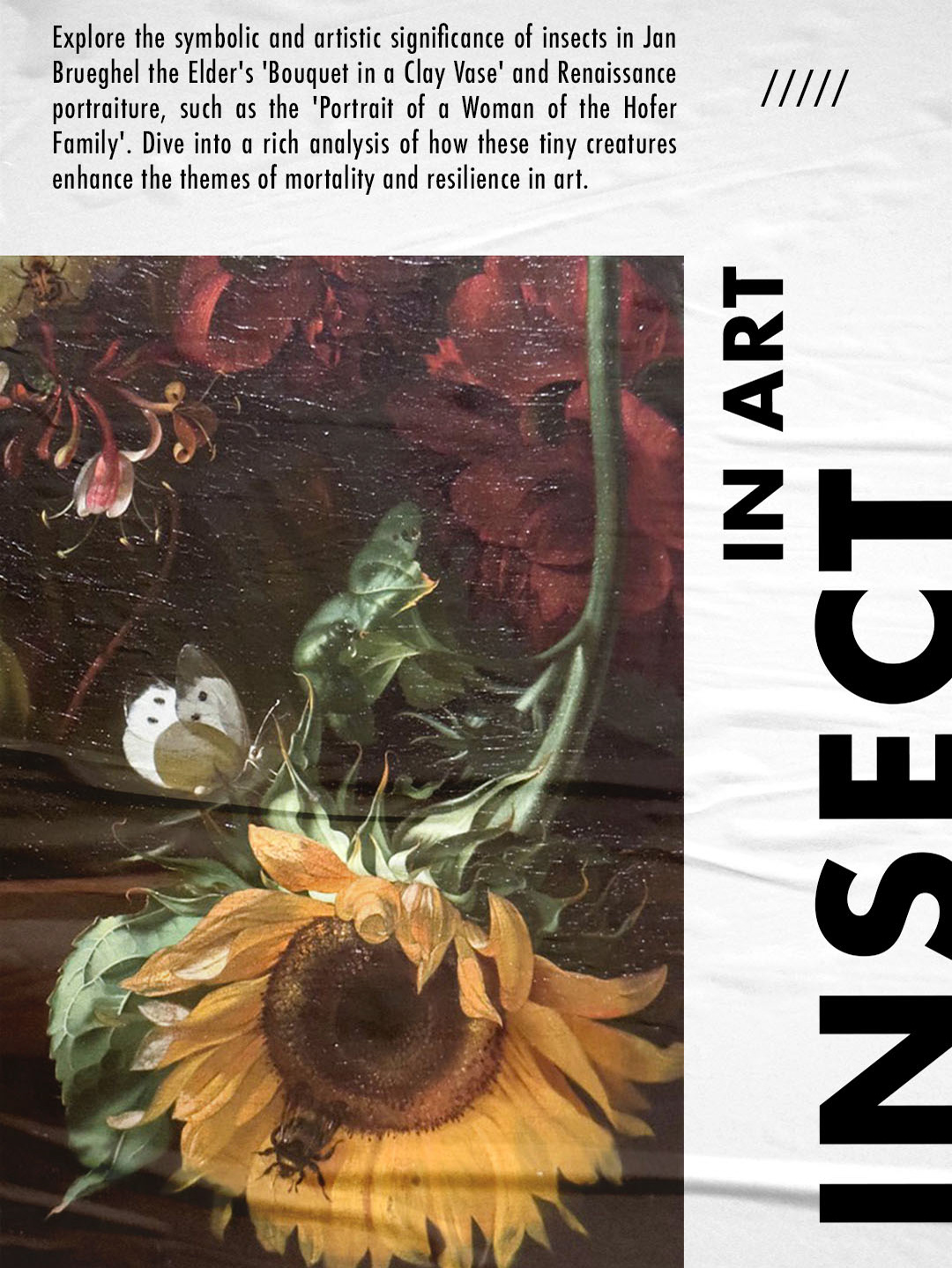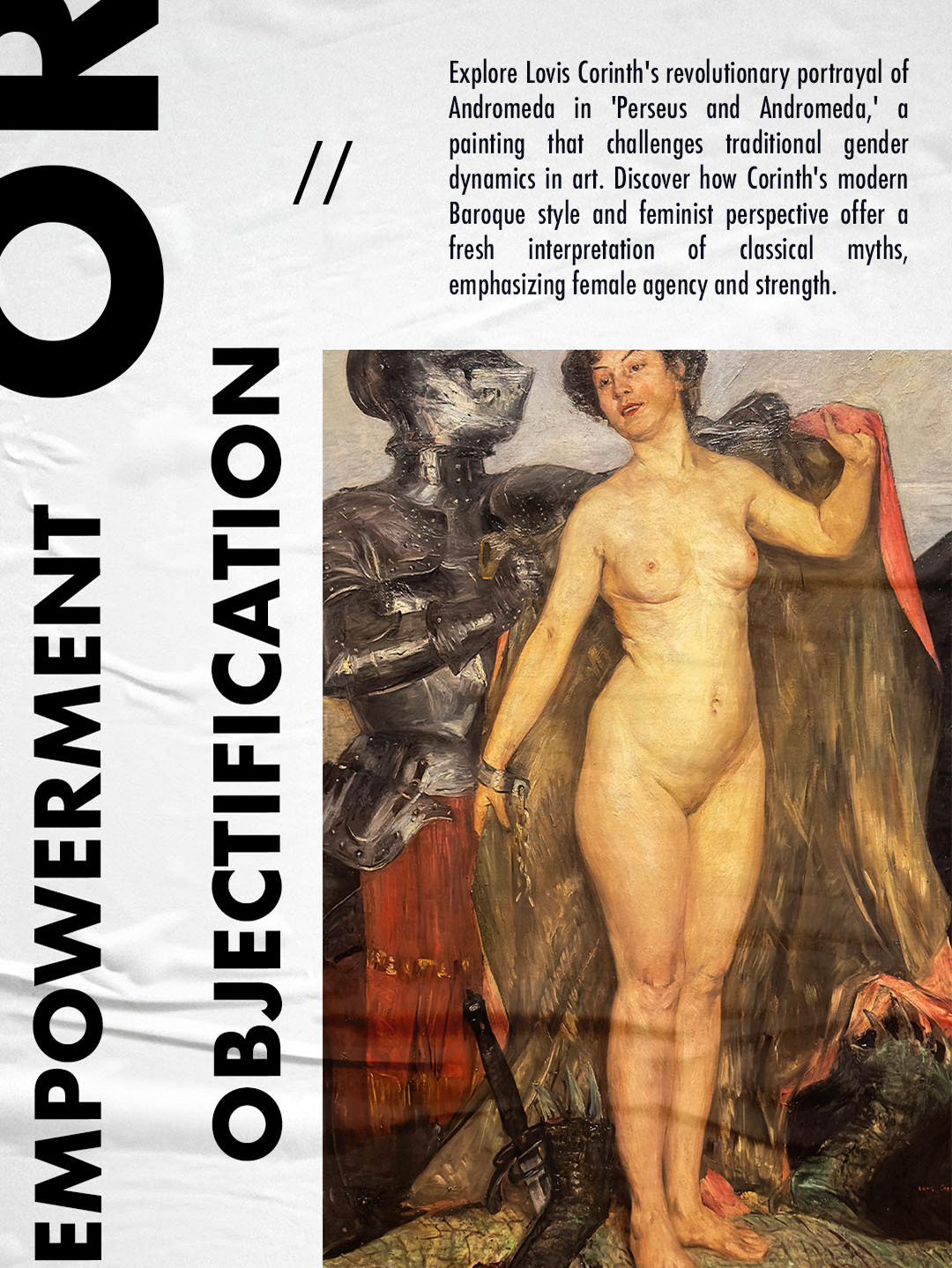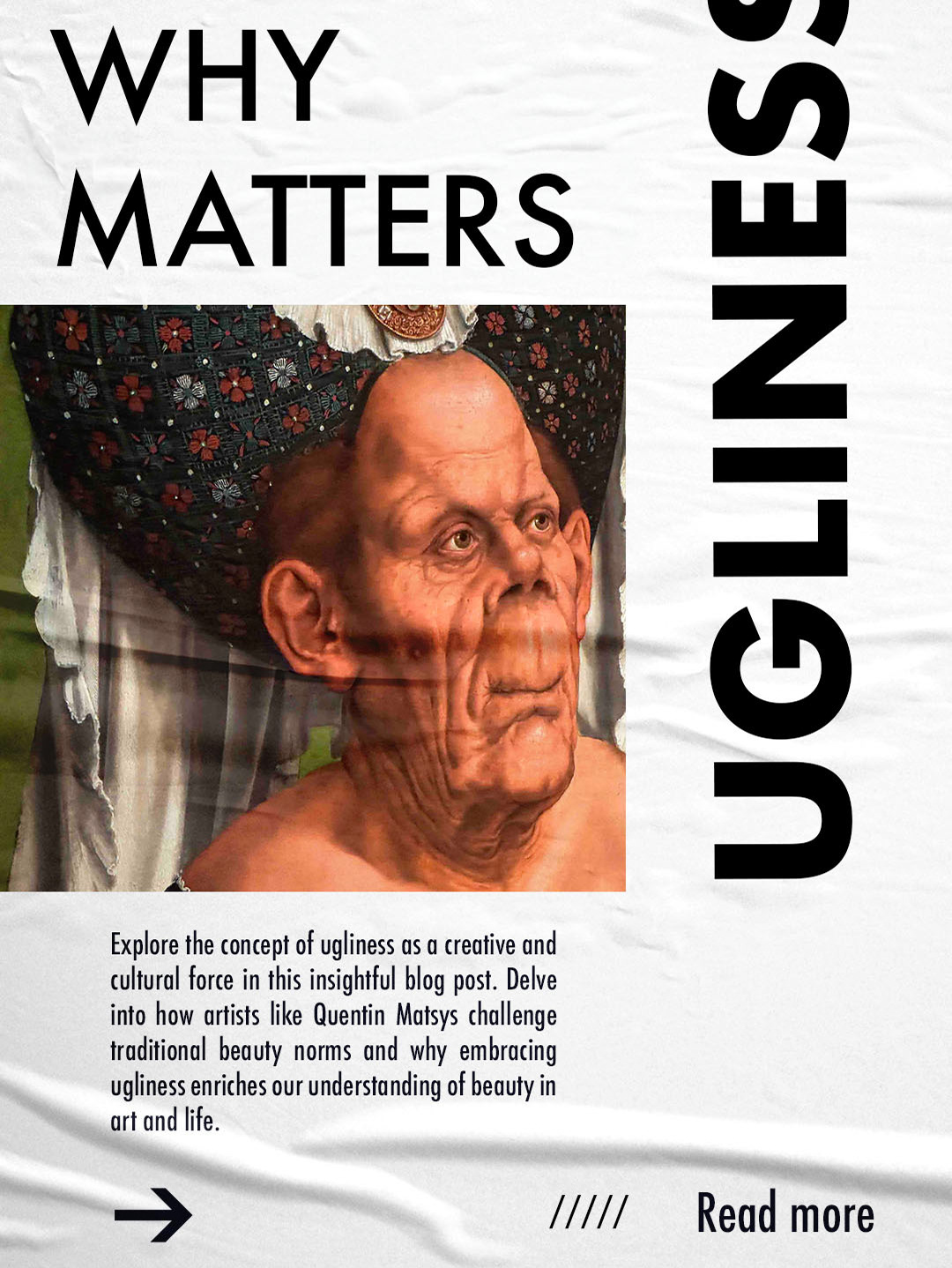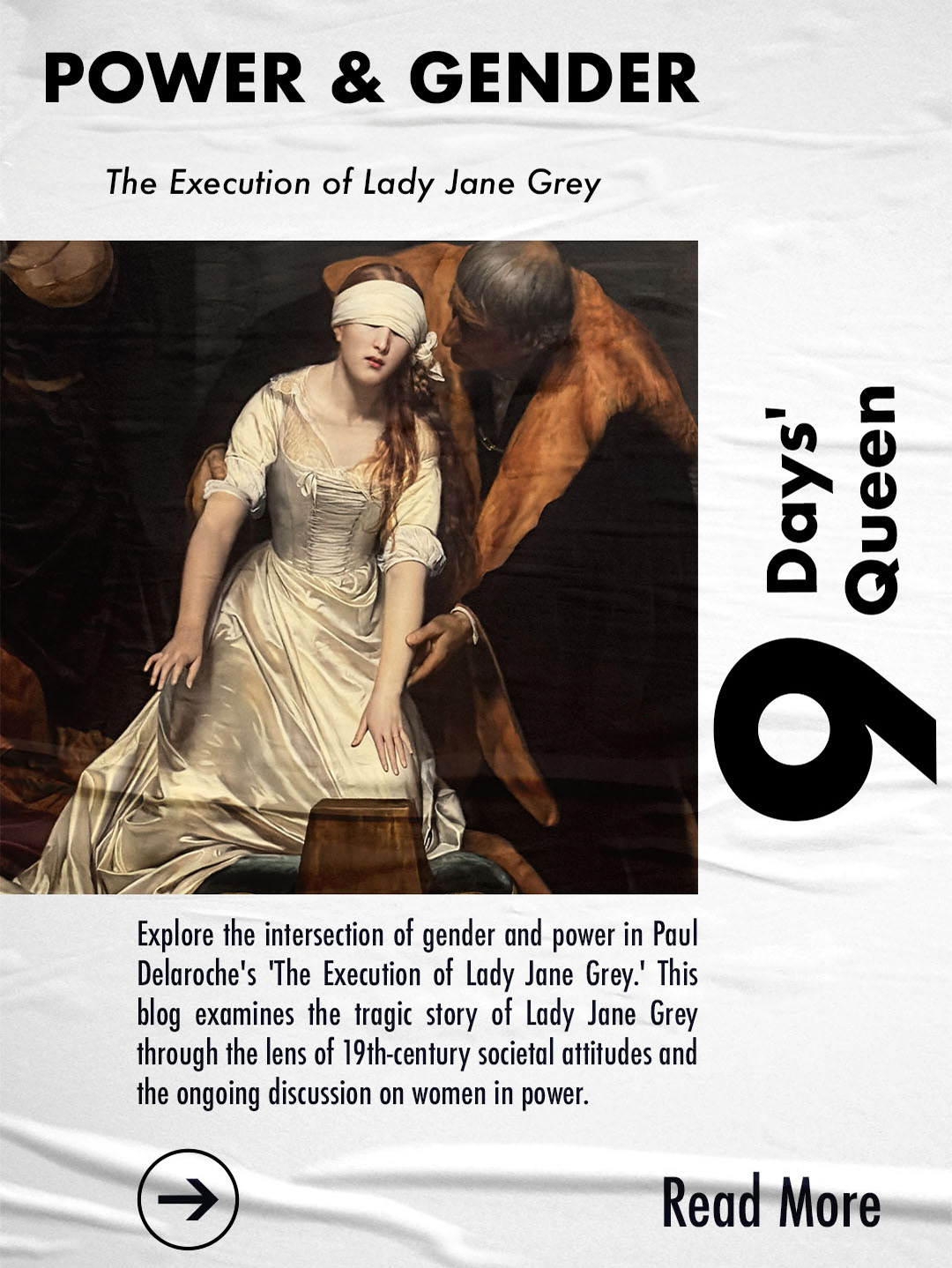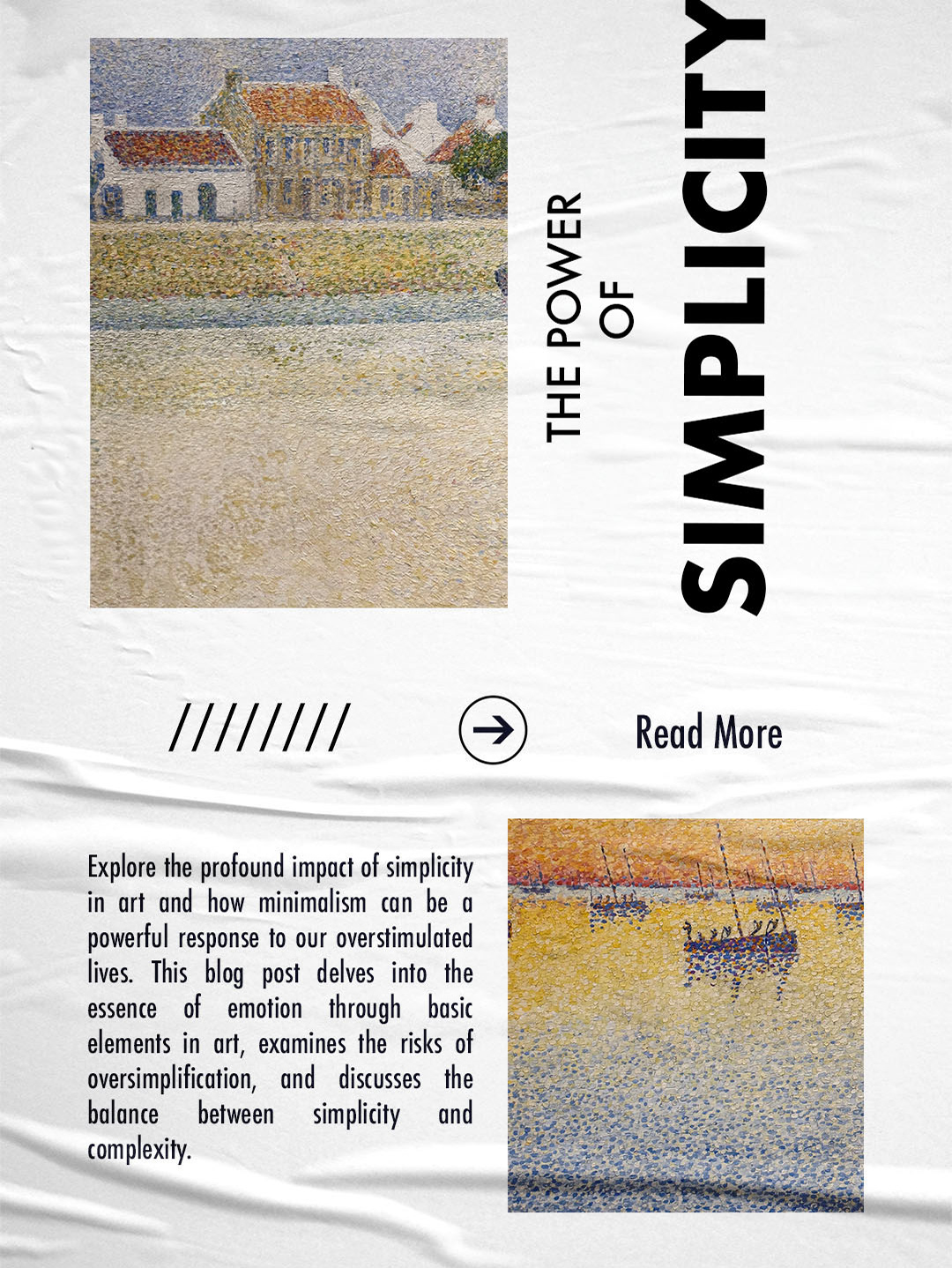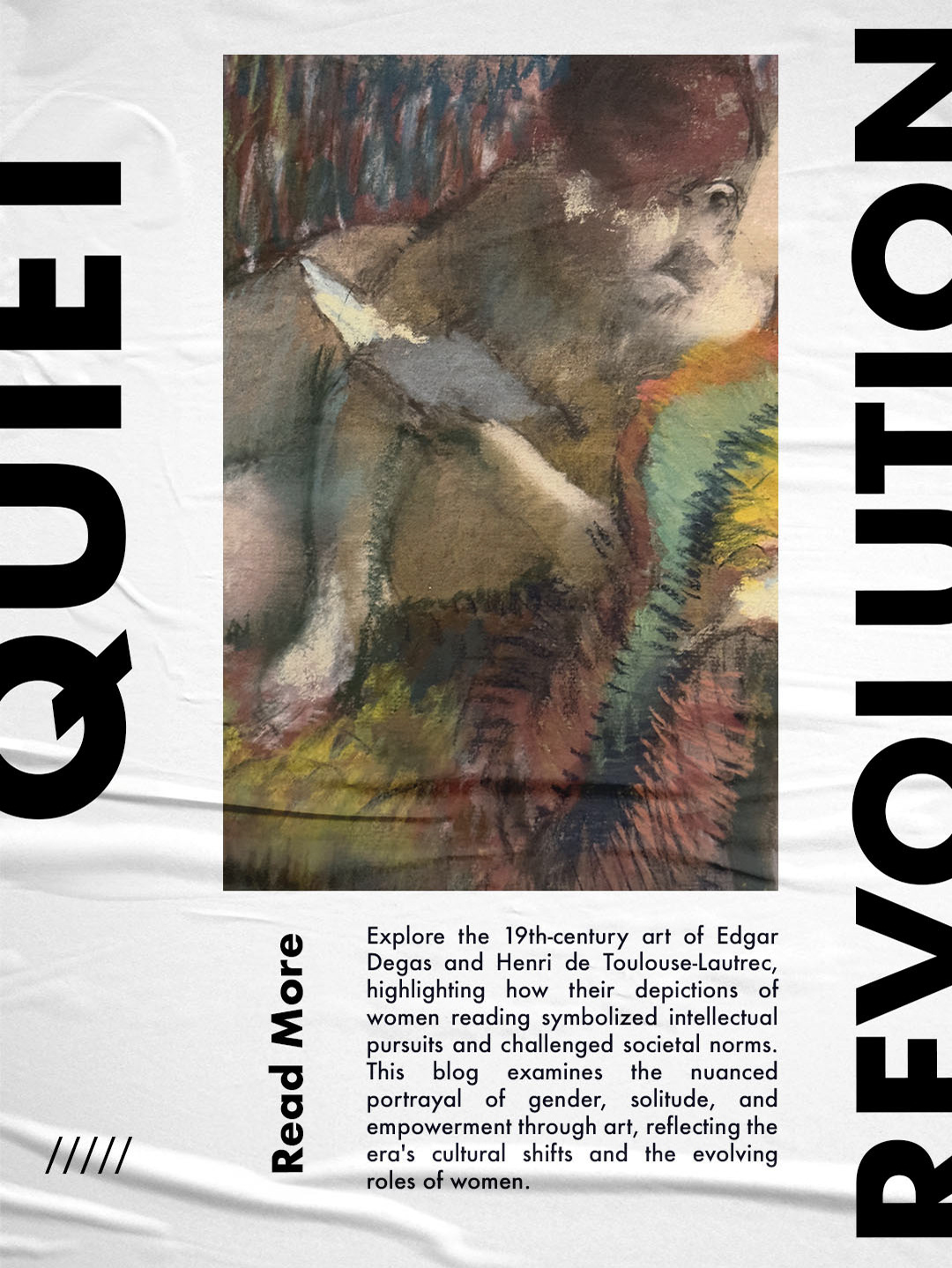Reflections in Art: A Window to Collective Mourning
Art serves as a powerful medium for expressing and processing grief. It allows both the creator and the viewer to explore the complexities of human emotion in a form that words often fail to capture. Edvard Munch’s "The Death Bed," painted in 1895, provides a vivid example. This painting revisits the death of Munch's sister Sophie, capturing the family’s diverse reactions to her loss. This piece not only depicts personal sorrow but also touches on a universal experience, making visible the invisible bonds of shared grief.
In "The Death Bed," Munch employs sinuous lines and contrasting shadows to dramatize the separation between the grieving figures and the world around them. This visual separation can be interpreted as a metaphor for how grief isolates individuals from the flow of normal life. The deep shadows that envelop the figures suggest a chasm of sorrow that divides the grieving from mundane realities, encapsulating them in a moment of profound sadness and reflection.
However, these same lines that carve spaces of isolation also weave the figures together, creating a tapestry of shared experience. This dual function of Munch's lines reflects the complex nature of grief itself—as much as it isolates, it also unites. The mourners, enveloped in shadow, share a silent language of loss that binds them more closely together, suggesting that shared grief, while deeply personal, is also a collective experience.
Moreover, Munch's use of muted colors conveys a sense of melancholy that permeates the scene. The palette is subdued, reflecting the somber reality of the moment, yet it also highlights moments of intimacy such as a hand touching a shoulder or a bowed head. These subtle interactions emphasize the shared support among family members, illustrating how collective mourning does not just share a burden, but also fortifies relationships against the erosive power of grief.
The composition of the painting itself speaks to the broader implications of grief in art. Munch positions the viewer as an outsider looking in, inviting a contemplation of grief that is both intimate and detached. This perspective allows the viewer to engage with the emotions displayed while also reflecting on their own experiences of loss. It is this universal quality that elevates the painting from a personal family portrait to a poignant exploration of human suffering and compassion.
Through "The Death Bed," Munch transcends the personal to comment on a universal aspect of human existence. The painting becomes a space where viewers can confront their own grief, find echoes of their sorrow in the expressions of the figures, and perhaps come to a deeper understanding of their own reactions to loss.



